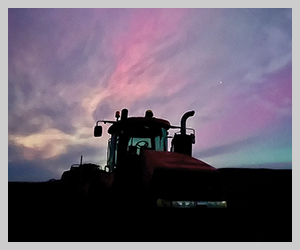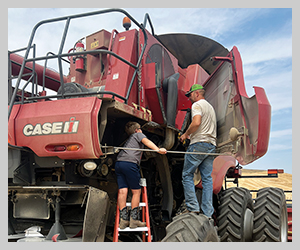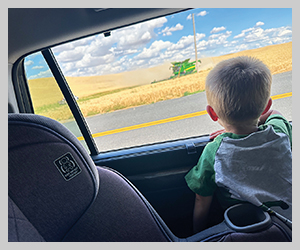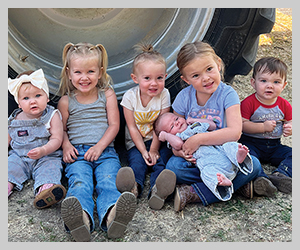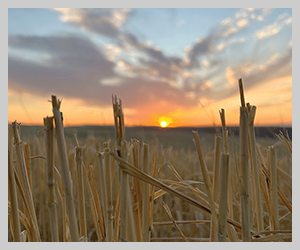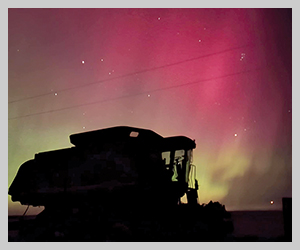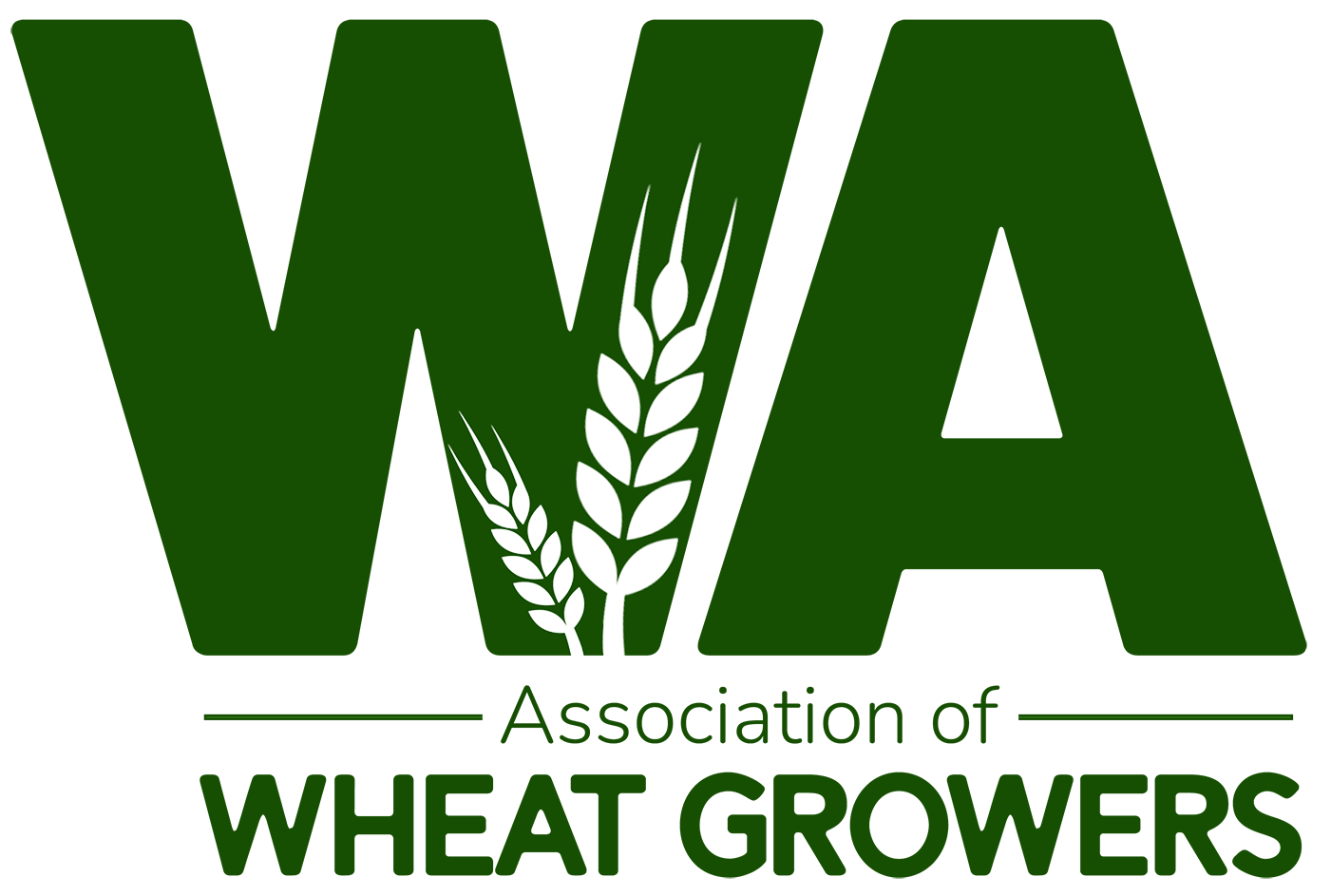A conservation here to there
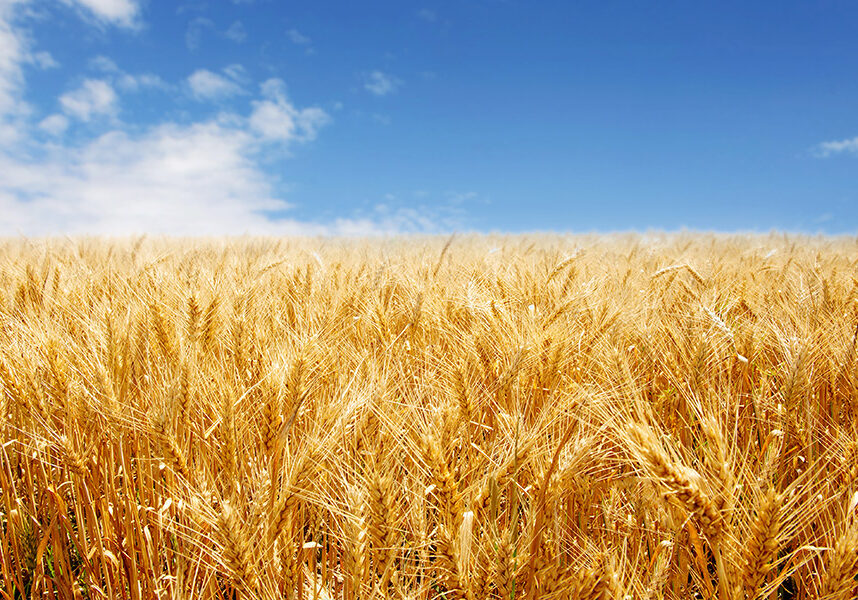
Benton County, where I farm, has changed dramatically in the past few decades, with no-till and minimal-till farming techniques replacing conventional tillage on many dryland wheat farms. The days of big dust storms caused by soil blowing off fields, thankfully, are past.
But how did we get here? It’s mostly thanks to conservation programs like the Environmental Quality Incentives Program (EQIP), the Conservation Stewardship Program (CSP), and the Conservation Reserve Program (CRP). All these programs have helped us develop ways to control our wind erosion by offering incentives that help farmers purchase expensive no-till equipment and working with growers to implement new conservation practices. It can get complicated, though, as all of these programs have enrollment requirements and rules that have to be followed throughout the life of the contract. One of the main things I appreciate with these programs are that they are voluntary. Farmers get to decide if they want to participate in them rather than having these practices mandated. Not every practice is practical in every situation, so letting the farmer choose what best fits their operation is much better, as opposed to, say, officials in Olympia mandating 200 foot buffers along all rivers and streams.
Conservation programs are complicated, and it seems they get more complicated with every farm bill. The 2022 Inflation Reduction Act and its focus on climate added millions of dollars of funding to the state’s Natural Resources Conservation Service (NRCS) office, and they have to get the funding out into farmers’ hands as quickly as possible. The Washington Association of Wheat Growers is helping address those issues by hiring a new conservation coordinator, Andrea Cox. This is a joint position with Washington state’s NRCS, and Andrea will be focusing on NRCS programs specifically as they relate to Washington wheat growers. I anticipate that the new farm bill — which will hopefully be passed in the near future — will bring more opportunities (and probably more confusing requirements) for growers to enroll in conservation programs.
Andrea came to our Benton County wheat growers’ meeting in early June that Markus Smith, our county president, put together. She introduced herself and asked growers what kinds of questions they had about NRCS programs. We are very excited to have Andrea join the team, and if you have NRCS or conservation-related questions, please contact Andrea at andrea@wawg.org.
I also want to thank Michelle Hennings, WAWG’s executive director, for all the hard work she has done to make this new conservation coordinator position happen. She worked with Roylene Comes At Night, the NRCS state conservationist, and Roylene’s staff for weeks, ironing out details. This position is definitely a win for the wheat farmers.
Speaking of Michelle, she traveled to the Midwest at the end of June with a group of Columbia-Snake River System stakeholders to see firsthand the infrastructure that exists on the Mississippi River. Building relationships with stakeholders on other river systems is important as we fight to protect our own river system, and I’m looking forward to her report (watch for it in the August issue of Wheat Life) and the opportunities for collaboration this trip presents.



